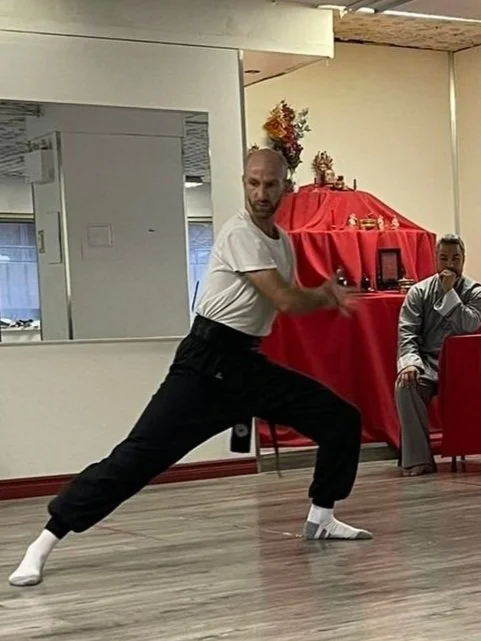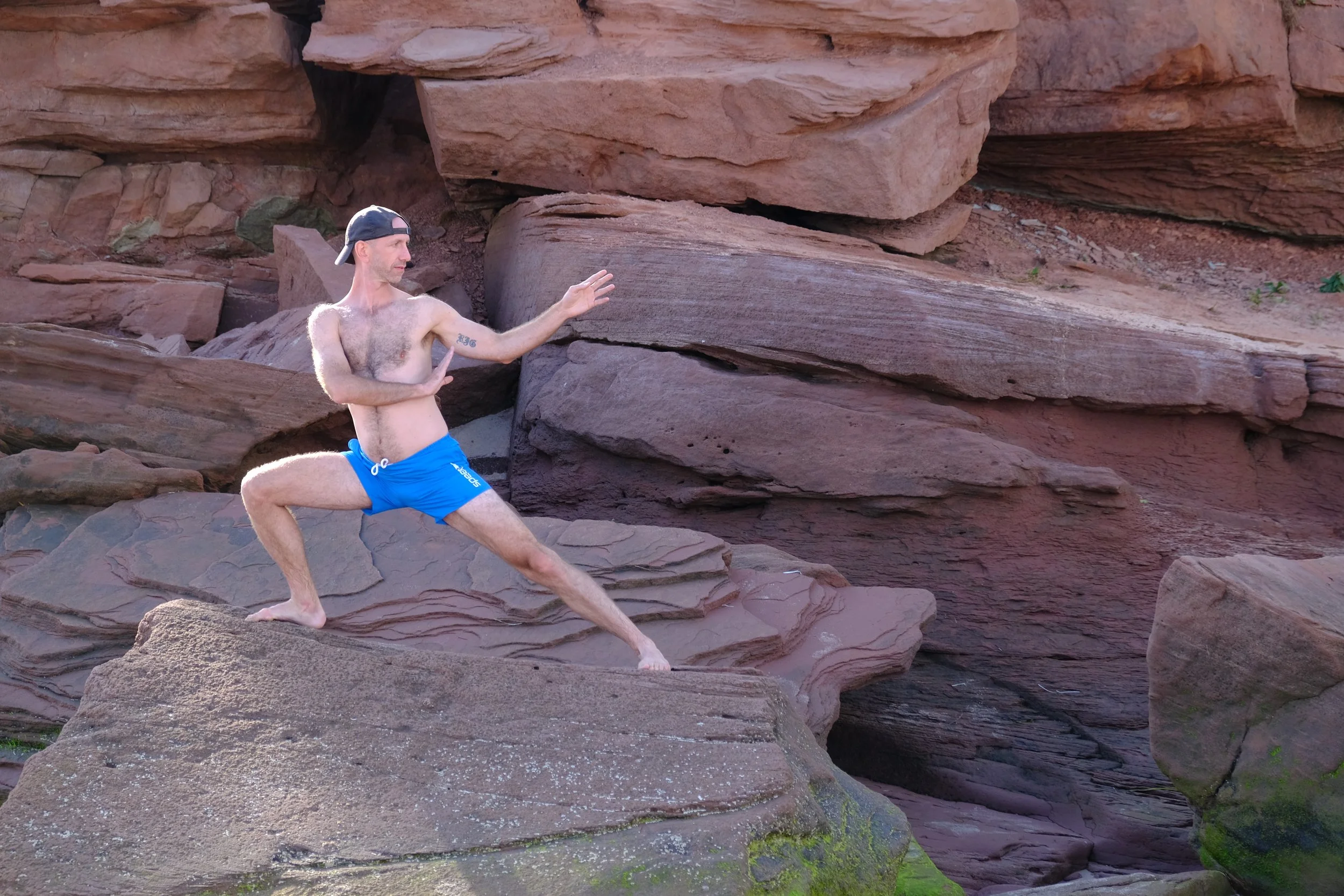How The Mind-Body Program Came to Be
Born From Experience
How do you tell the story of something that took a lifetime to evolve? At its core, it was a cycle of striving, reflecting, burning out, and bouncing back. But what does all of that really mean? How did those experiences lead to the creation of the 8 mind-body concepts I now teach through movement, mindfulness, and breath work?
The Push to Do More
For as long as I can remember, I’ve been someone who pushes as hard as I can—at work, in sports, in relationships, and even in personal development. I traveled across Asia and Latin America, practiced Zen, yoga, kung fu, tai chi, and Chinese Medicine, worked with shamans, and attended silent retreats—all searching for peace. But even there, I brought the same mentality: striving to give my best but often straining beyond what was healthy.
This drive has been both a superpower and a kryptonite. It earned me respect and led to great improvement, but it also led to injury, exhaustion, and broken relationships. But over time, I learned this drive wasn’t the enemy. Repressing it only led to more problems. I had to learn how to channel it in a way that was sustainable.
A Journey of Mind/Body Practices
I’ve always had a tendency to dive head-first into what scares me or makes me uncomfortable. It was this mentality that drove me into years of self-exploration through writing, meditation, and movement practices.
While teaching in South Korea, I discovered writing as a tool for self-understanding. Through quick, stream-of-consciousness writing, I uncovered thoughts and desires I had been unwilling to face. Around the same time, I stumbled upon Zen meditation, which paradoxically used my “achiever” mentality to teach me how to simply be. Zen became a gateway, balancing my desire for progress with the practice of presence.
Returning to Montreal, I sought out more tools for understanding the mind-body connection. I dove into reflexology, kung fu, yoga, and Chinese Medicine, each one adding a layer to my understanding of how the mind and body are intertwined. However, despite my growing toolkit, I still struggled with constant self-doubt and worrying about the future—never fully able to appreciate where I was.
Yoga and the Shift Towards Balance
The first major shift happened in 2013 when I found myself working as a freelance writer at a yoga resort in Costa Rica. In exchange for my writing, I received a free yoga teacher training, and it was there that I truly understood how much I often compromised my integrity when I was chasing my goals. Yoga taught me to find balance—between full effort and respecting my body—and this balance began to ripple through the rest of my life.
I spent the next few years teaching yoga, practicing kung fu, and traveling through Latin America, deepening my knowledge of mind/body practices. But even with all of this, I was still operating from a place of survival mode—motivating myself out of fear of failure rather than a desire to live fully.
Hitting Burnout Again and Again
After years of pushing, I faced a major setback in Ecuador when a concussion forced me to stop practicing kung fu. But instead of quitting altogether, I found a tai chi teacher who taught me to slow down and heal. It was also in Ecuador that I worked with shamans and explored plant medicine, which forced me to confront the parts of myself I had kept hidden.
I returned to Montreal to refocus on writing and yoga, diving into deeper meditation practices and eventually working as a full-time meditation writer. But old habits die hard. I filled every moment of my day, commuting 90 minutes each way, meditating for two hours daily, and teaching on the side. The burnout came quickly.
In 2017, I moved to Norway to live with my long-time girlfriend, taking up waitering to make ends meet. The physical and emotional demands of the job left me drained, it was only the yoga and mindfulness that kept me grounded and released the accumulating stress. However, I soon realized that despite all my efforts, the imbalance was still there. My relationship suffered. By the time COVID hit, everything collapsed and I was forced to leave Norway and the life I had cultivated over three and a half years.
Finding Stability Through Movement
Back in Montreal, broke and heartbroken, I hit my lowest point. But I noticed something. Through all the years of struggle, it was my movement practices—yoga, kung fu, and tai chi—that had kept me grounded. Whenever I was stressed, anxious, or overworked, it was these practices that brought me back to centre.
This realization sparked the creation of the Living Enso Mind/Body Program. I combined everything I had learned about the mind-body connection, movement, and mindfulness and created a system that is both practical and adaptable. A system that can help anyone, no matter their level of stress or energy, learn to work with their life as it is, reduce stress, find clarity, and create a sustainable work/life balance.
The Living Enso Mind/Body Program
This program isn’t about what I think you need. It’s about helping you tap into what you already know you need. It’s a collection of techniques to reduce stress, build healthier habits, and help you find the balance between giving your best and working from where you are.
You can’t think your way out of survival mode—you have to physically release the tension.
The 8 mind/body concepts I teach are a distillation of the lessons I’ve learned through movement, mindfulness, and life itself. They’re designed to help you direct your drive for excellence in a sustainable way, so you can thrive in both your work and your life.
How Does it Work?
The Mind-Body Program consists of 8 mind-body concepts with each session made up of three main elements:
We talk. Take a moment to chill and see what’s coming up. It’s a place where you can speak freely and be yourself. We’ll discuss the concept of the week and see how it relates to you and your life.
We move. We’ll literally move through what comes up in conversation. I’ll show you how to integrate and practice concepts in a real way, and teach you proper technique.
We reflect. After yoga, things tend to be clearer. We’ll take a moment to see what came up and I’ll give you some practical mindfulness exercises you can use in your real life throughout the week.




